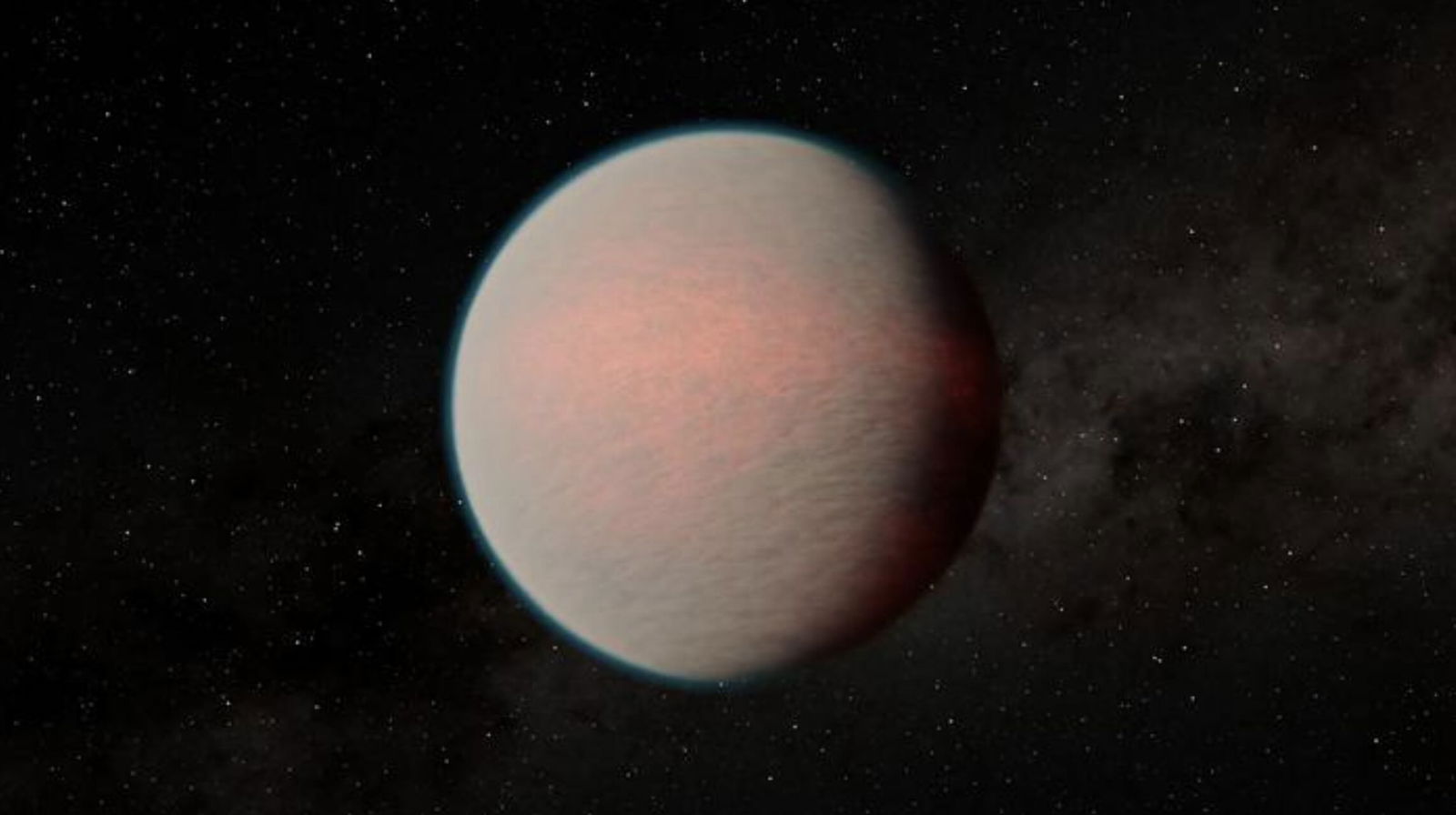A New Hope for Life? Webb Telescope Reveals First Clues From Potentially Habitable World
TRAPPIST-1e shows no signs of its first atmosphere, but hints of a secondary one remain. Liquid water could still be possible. Astrophysicists at the University of Bristol are contributing to new insights about an Earth-sized exoplanet located 40 light years away, where liquid water could exist a| SciTechDaily






